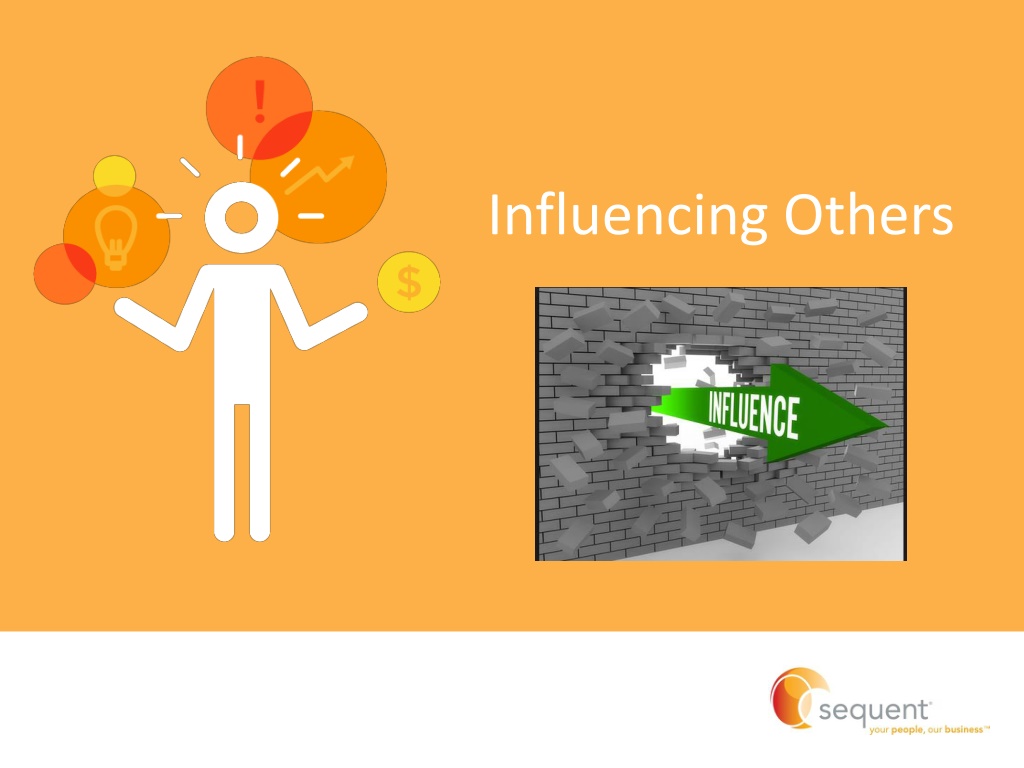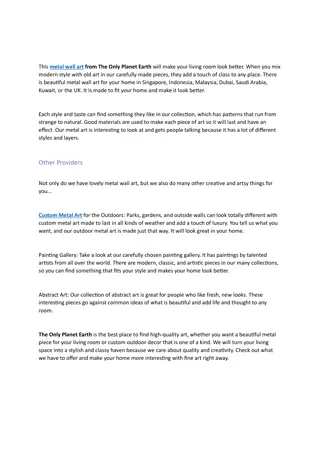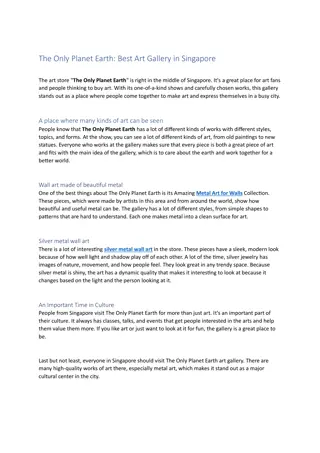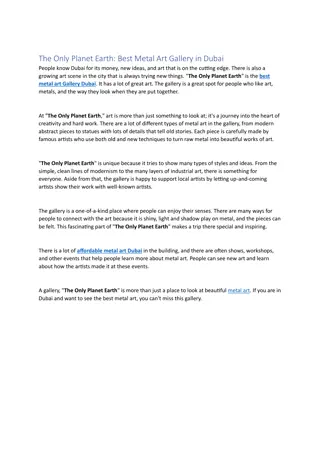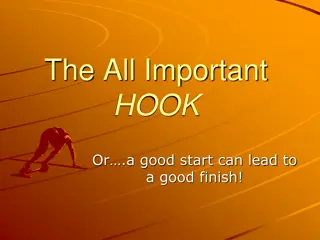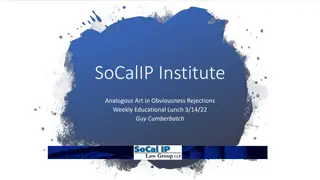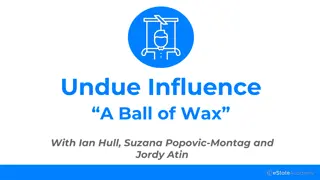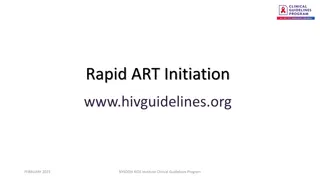Mastering the Art of Managing by Influence
Understanding and implementing effective influencing styles is key to managing by influence. Explore tips, styles, and steps to increase your impact and leadership skills in various environments. Learn how to assert, convince, negotiate, bridge, and inspire for maximum influence.
Download Presentation

Please find below an Image/Link to download the presentation.
The content on the website is provided AS IS for your information and personal use only. It may not be sold, licensed, or shared on other websites without obtaining consent from the author.If you encounter any issues during the download, it is possible that the publisher has removed the file from their server.
You are allowed to download the files provided on this website for personal or commercial use, subject to the condition that they are used lawfully. All files are the property of their respective owners.
The content on the website is provided AS IS for your information and personal use only. It may not be sold, licensed, or shared on other websites without obtaining consent from the author.
E N D
Presentation Transcript
Leading Change Agenda What does Managing by Influence truly mean? Tips to being an effective influencer 5 Influencing Styles 5 Steps to increasing your influence Exercise Leadership: Influencing & Engagement Experiences Exercise Questions
Managing by Influence
Managing by Influence What does it mean to Manage by Influence ?
Managing by Influence Managing by Influence means . Work influence is your ability to make a positive impact on others (actions, decisions, or points of view). Peers, employees, and leaders respect and seek out influential professionals. The receiver determines your level of influence. Real influence comes from impact, not status.
Tips to being an effective Influencer
5 Influencing styles 5 Styles: 1. Asserting you insist that your ideas are heard and you challenge the ideas of others 2. Convincing you put forward your ideas and offer logical, rational reasons to convince others of your point of view 3. Negotiating you look for compromises and make concessions to reach outcomes that satisfy your greater interest 4. Bridging you build relationships and connect with others through listening understanding and building coalitions 5. Inspiring you advocate your position and encourage others with a sense of shared purpose and exciting possibilities
5 Influencing styles What style is most effective and Why?
5 Steps to increasing your influence 5 Steps: 1. Understand your influencing style: What s your dominant style? Do you apply the same style to every situation or individual? If you don t know take The Influencer Style Assessment by VitalSmarts 2. Take stock of your situation: Who are your critical stakeholders you need to win over Understand the style that may work best with your audience, i.e., if it is a CFO, use data/logic and expertise or a peer, bridging or negotiating may be best Utilize the MIR model (Managing Interpersonal Relationships)
5 Steps to increasing your influence 3) Identify your gaps: Figure out where you are on solid ground where are the common wins What are the benefits sell them Understand where you need to shift gears and use a different approach 4) Develop: After you have identified the gaps , find a way to develop your influencing style Could be an internal mentor (someone you have seen exhibit those skills) or workshop Role play your pitch As you build your capability and confidence, move on to higher-stakes scenarios
5 Steps to increasing your influence 5) Practice: Start out with low stakes situations where you can test out your styles Target a person or situation where you d like to achieve a certain outcome, think through the influencing style that will work best in that situation, and give it a try.
Influencing without authority When your title isn t enough Personal influence is an essential leadership skill 3 types of influencing tactics: 1) Logical appeal taps into people s reason and intellect. You present an argument for the best choice of action based on the organizational benefits, personal benefits or both. (objective, logical, factual and detailed evidence) 2) Emotional appeal connects your message, goal or project to individuals goals and / or values. Link your request to a clear and appealing vision the other person can fully support 3) Cooperative appeal builds a connection between you, the person you want to influence and others, to get support for your proposal. Working together to accomplish a mutually important goal.
Exercise Bringing it all together: Consider a situation where you are trying to influence a situation / person What is your natural style? Validate which style should be used understanding the audience and situation Plan your approach i.e. what you are trying to influence / what you can say or do in order to achieve your desired outcome? Pick a partner and role play give feedback to each other
Leadership: Influencing & Engagement
Leadership - Influencing & Engagement Connect then lead As a leader, can you be both lovable and strong? Projecting warmth is the key to having influence Leaders who rate low in likability have about a one in 2,000 chance of being regarded as effective Leaders who try to immediately project strength run the risk of instilling a counterproductive fear in the very people they want to inspire Without a foundation of trust, a company s employees may comply outwardly with the leader s wishes, but they are much less likely to comply privately to adopt the values, culture, and mission of the organization in a sincere lasting way (which causes disengagement) What matters most, isn t where someone ranks within the company, but how well that person understands and mobilizes the informal networks needed to effect change
Leaders vs. Managers Leader s characteristics to influencing
Experience Says Spend a few minutes thinking of What experiences you have had where a leader, peer or direct report did a great job influencing. What did they do?
What questions can I answer?
Beth Thomas bthomas@sequent.biz
